A Guide to Drought-Resilient Farm Animals
As with people, some livestock and poultry breeds tolerate heat better than others.
A Guide to Drought-Resilient Farm Animals
As with people, some livestock and poultry breeds tolerate heat better than others.
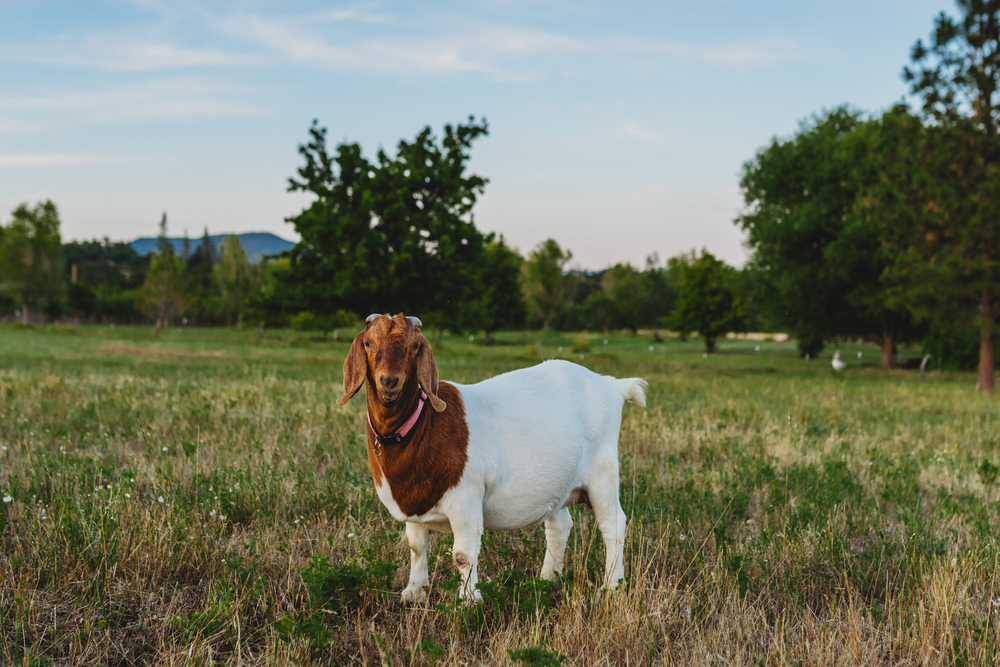
If you’re going to get one animal to survive drought, get a goat.by Hicherishharper, Shutterstock.
The US has billions of farm animals, many of which are unaccustomed to high temperatures and are suffering from the ongoing droughts and scorchers of late. Global warming is wreaking havoc on livestock, causing stress that impacts growth, fertility and the production of meat, milk and eggs. The heat can make the creatures more susceptible to disease—and even death. Heat stress costs the livestock industry an estimated $1.7 billion in losses a year.
Despite a flood of ominous reports, farmers have ways to mitigate severe circumstances. When stocking, some breeds do better than others. Look for strains from Africa or the Mediterranean rather than the colder north. Smaller, light-colored types struggle less than heavier, darker varieties.
Yet be aware that even those genetically hardwired for heat can suffer in sizzlers. Be sure to provide plenty of cool water and shade. Ventilate shelters with open windows and fans. Avoid overcrowding. Feed during cooler hours.
Be on the alert for signs of heatstroke: excessive panting and thirst, rapid heartbeat, lethargy, glazed eyes. Poultry lift their wings to get cooler air. An immobile animal with labored breathing is in trouble. Call the vet if any of these signs surface.
Having animals with genes suitable for survival can save your farm business. Here’s a rundown of breeds and measures to help foster survival.
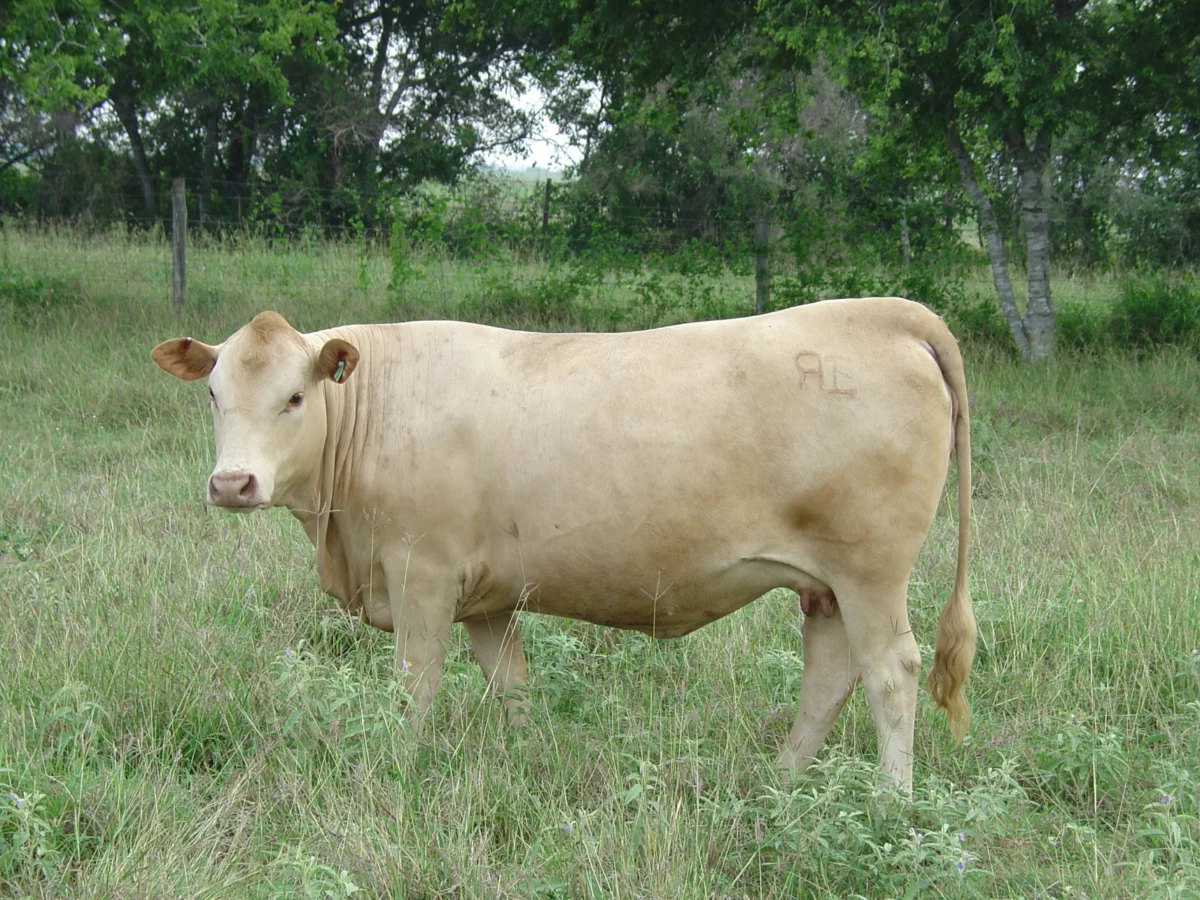
Cattle
Black Angus is the most popular breed in the American beef cattle industry. It’s also poorly suited for heat. Originally from the cool climes of Scotland, its long, dark, hairy coat and cushions of fat under the skin cause misery when the mercury rises.
To compensate, geneticists are cross-breeding African strains that have developed heat and drought resistance. Steven Lukefahr, a professor of Animal Breeding and Genetics at Texas A&M University in Kingsville, has combined the lighter-colored Red Angus with two African breeds, the Tuli and Senepol, on his ranch in tropical south Texas with some success.
“You get more money for black cattle, but starting in the South, you definitely have to change your breeding program,” says Lukefahr.
He suggests steers with some degree of the slick gene for short coats, as well as other genes for tropical cattle that produce an oblong-shaped body. “They are more like goats and tend to deposit fat in the bellies as opposed to below the back, so they don’t get as hot,“ he says.
Lukefahr breeds his composites in the summer to calve in the spring, which he says yields a 95- to 99-percent chance of pregnancy. “That’s not typical if they’re black colored,” he says. He also stockpiles a year’s supply of forage grass, which he says achieves just as much marbling as high-energy feed.
As for dairy cows, researchers in New Zealand have found Jerseys are more heat tolerant than Holstein Friesians. The smallest of dairy breeds, Jerseys have vertical skin folds in the neck that help sweat dissipate heat, as well as shorter light to dark brown coats. Meanwhile, scientists from the University of Florida are experimenting with cross-breeding Angus with the loose-skinned Brahmans, which originated from India.
To help forecast conditions that might trigger heat stress, the US Department of Agriculture (USDA) has developed a weather app with safety warnings up to a week before adverse conditions.
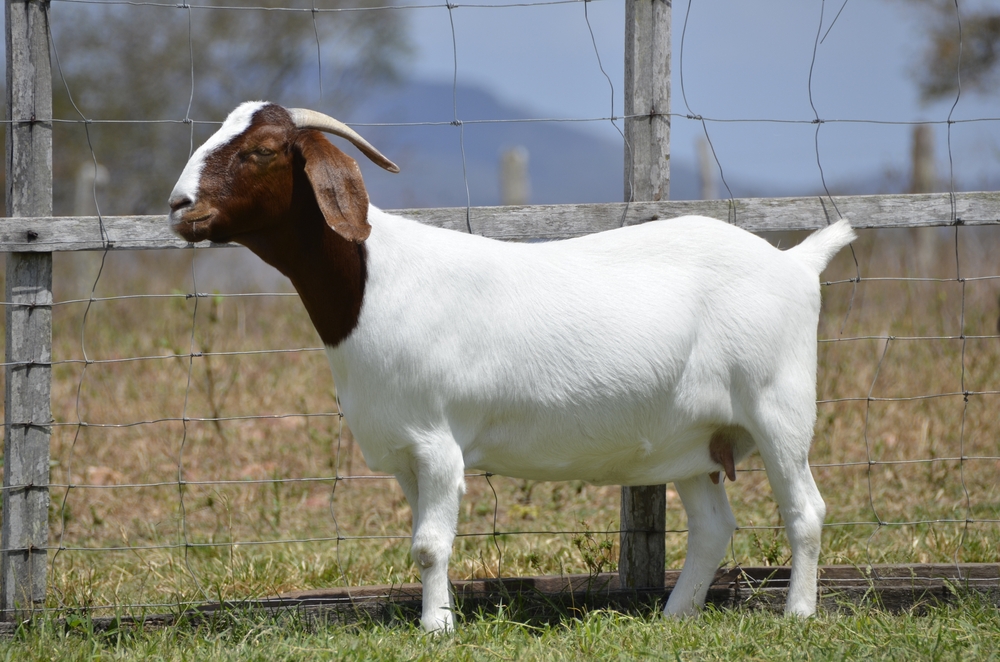
Goats
If you’re going to get one animal to survive drought, get a goat. They manage in harsh desert conditions around the world. Their horns dissipate heat and they can forage on relatively little vegetation. Goats with floppy ears and loose skin tend to do better in harsh, dry environments. Unlike cows, there are a lot of breeds from which to choose.
Check out Boers, short-haired goats with light red heads that were introduced to the US from arid South Africa. They, like Nubians, (a heat-hardy composite of English, Indian and African strains), have long ears that help release heat.
The Galla of Kenya have an impressive track record of producing milk in drought conditions. The diminutive Nigerian Dwarf also yields a lot of milk considering its small size. Despite their tiny ears, the hardy LaMancha can adapt to pretty much any environment
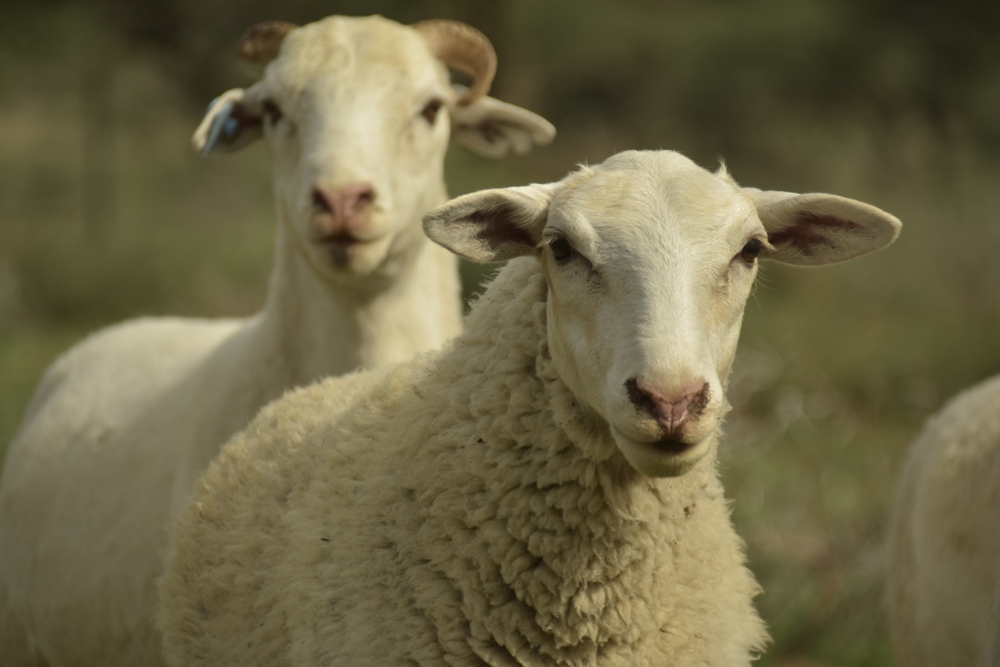
Sheep
Sheep endure heat less well than goats, although wool provides some protection from high temperatures. Michigan State University researchers recommend a one-inch fleece, and shearing animals in the spring to allow enough growth to keep them cool in summer.
Sheep with hair rather than wool cope even better. The Oklahoma State University’s Division of Agricultural Science and Natural Resources has a registry of heat-tolerant breeds. It lists two hair types from Africa, the fat-tailed Red Maasai and the Sahel-type, which thrive with limited water supply and scant vegetation.
The South African Dorper was bred for arid areas, as was the hardy Delaine Merino, which does well in the American southwest. The Karakul sheep of Central Asia’s deserts is the king of the drought. It can survive severe water shortages by storing fat in its tail, which serves a similar purpose as a camel’s hump.
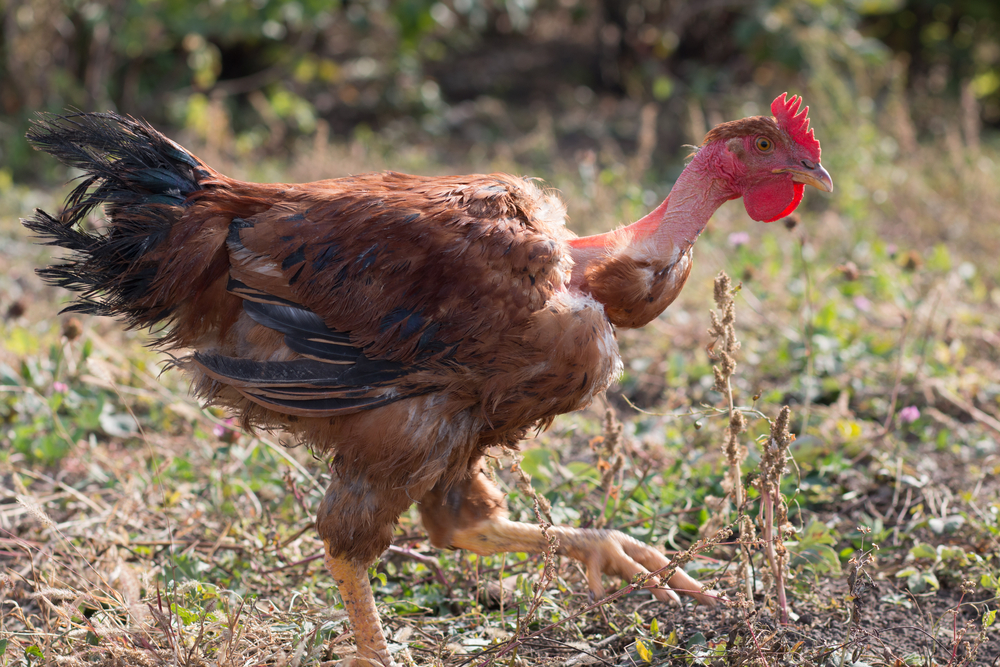
Chickens
The Naked Neck chicken is one weird-looking type of poultry. It’s also one tolerant bird. As its name suggests, it lacks feathers on the neck and head, giving it the appearance of a turkey or vulture. This feature, along with its dearth of feathers, helps it stay cooler than its cousins. Chickens with larger wattles and combs that dispel heat also cope better.
Most feathered-neck chickens wilt in 90-plus-degree weather, although plenty manage in Africa and Latin America. They just pick away in the dirt as though it were spring.
Yet chickens not normally exposed to scorchers go into distress during a heat wave. Poultry can’t pant like mammals, so they lack that vital regulation mechanism. Signs of distress include a pale wattle or comb, diarrhea or seizures. To combat heat exhaustion, feed them fruity snacks, freeze heavier feed an hour before serving, avoid overcrowding and allow breezes to enter the coop through openings or wire fencing.
For breeds well suited to warmer environments, seek out the large-wattled Leghorn (Italian roots), the small and slight Fayoumi (hails from Egypt) and the White-faced Black Spanish. The Andalusian (Spain) and Sumatra (Indonesia) prefer warmer weather.
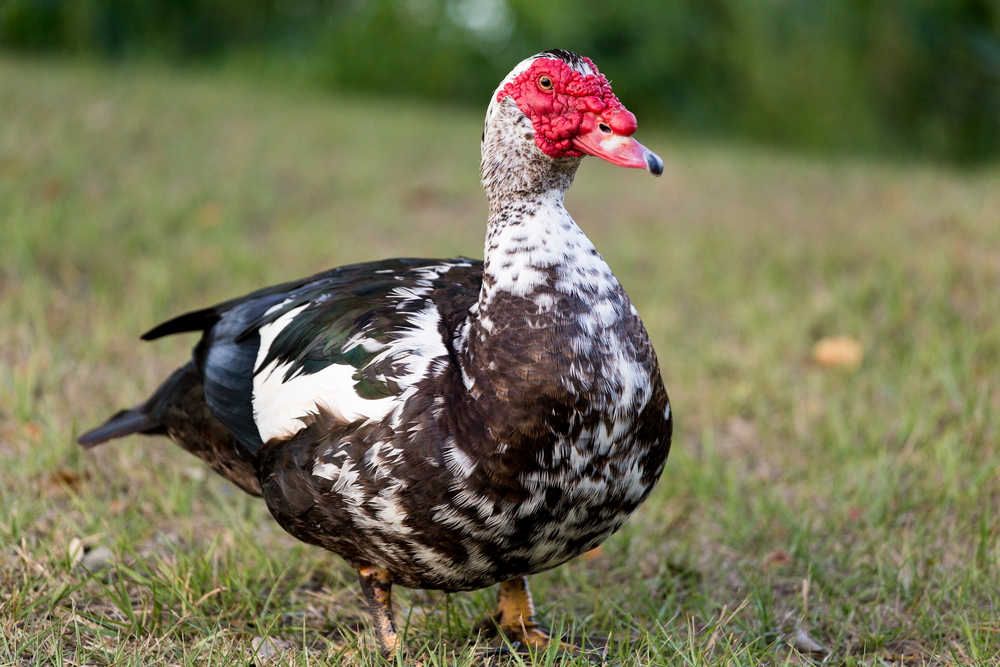
Ducks
Ducks, like humans, like to chill at the pool when the temperature climbs. The thick feathers that make for cozy down parkas create misery on a searing day.
If you don’t have a pond, set up a kiddie pool or trough in the shade. Regularly replenish with cool water and add ice if the heat gets unbearable. Feed them later in the day, and hydrate with snacks that contain water such as cucumbers, berries and melons. Make sure their feet stay cool and moist. They’ll sleep better in a well-ventilated coop.
As with chickens, varieties that originated in the global south are more resilient. The small Bantam Australians are hardwired for heat, as is the Hottentot Teal (also known as the Khoisan Teal), which hailed from southern Africa originally. The Muscovy, whose natural habitat is Latin America, is another good choice. Its warty face looks peculiar, but resilience trumps beauty.

Pigs
The expression “sweat like a pig” is misleading. Pigs don’t actually sweat. And they don’t pant like other mammals to reduce their body temperature. They have relatively small lungs, so they can’t efficiently expel hot air. Plus, they have thick fat under the skin and don’t have the benefit of insulating fur. This makes them particularly vulnerable to high temperatures and sunburn. That’s one reason why they wallow in mud when the temperature rises. They’re trying to stay cool.
Swine feel most comfortable between 50 and 75 degrees Fahrenheit, according to experts at Penn State Extension. Anything over 80 degrees, especially for swine that weigh more than 100 pounds, can be life-threatening. High humidity is particularly bad, because it makes it harder for moisture to evaporate from the skin and cool the animals down.
With heat exhaustion, pigs stop eating, which then creates more stress on the body. An overheated hog can get cranky and bite others. Worse, they can drink excessive amounts of water that then trigger diarrhea and even death. As with humans, treat sunburned skin with a cool towel, moistened with water or diluted vinegar.
To cool them down, offer a mud puddle in the shade or spray them with a garden hose or sprinklers. Agricultural authorities in Australia recommend supplementing water with electrolytes and antioxidants. But minimize non-essential amino acids.
All pigs are prone to heat stress, but according to the Livestock Conservancy, two endangered breeds fare better than the rest: the Red Wattle and Mulefoot. Introduced to Texas in the 1800s, the Red Wattle has been coping with the heat since. The Mulefoot also settled in the south after being brought over from Spain. On the smaller side, it can handle the heat better than most. A more common option is the hardy Duroc, whose tough skin provides some protection against sunburn.
Follow us

This work is licensed under a Creative Commons Attribution-NoDerivatives 4.0 International License.
Want to republish a Modern Farmer story?
We are happy for Modern Farmer stories to be shared, and encourage you to republish our articles for your audience. When doing so, we ask that you follow these guidelines:
Please credit us and our writers
For the author byline, please use “Author Name, Modern Farmer.” At the top of our stories, if on the web, please include this text and link: “This story was originally published by Modern Farmer.”
Please make sure to include a link back to either our home page or the article URL.
At the bottom of the story, please include the following text:
“Modern Farmer is a nonprofit initiative dedicated to raising awareness and catalyzing action at the intersection of food, agriculture, and society. Read more at <link>Modern Farmer</link>.”
Use our widget
We’d like to be able to track our stories, so we ask that if you republish our content, you do so using our widget (located on the left hand side of the article). The HTML code has a built-in tracker that tells us the data and domain where the story was published, as well as view counts.
Check the image requirements
It’s your responsibility to confirm you're licensed to republish images in our articles. Some images, such as those from commercial providers, don't allow their images to be republished without permission or payment. Copyright terms are generally listed in the image caption and attribution. You are welcome to omit our images or substitute with your own. Charts and interactive graphics follow the same rules.
Don’t change too much. Or, ask us first.
Articles must be republished in their entirety. It’s okay to change references to time (“today” to “yesterday”) or location (“Iowa City, IA” to “here”). But please keep everything else the same.
If you feel strongly that a more material edit needs to be made, get in touch with us at [email protected]. We’re happy to discuss it with the original author, but we must have prior approval for changes before publication.
Special cases
Extracts. You may run the first few lines or paragraphs of the article and then say: “Read the full article at Modern Farmer” with a link back to the original article.
Quotes. You may quote authors provided you include a link back to the article URL.
Translations. These require writer approval. To inquire about translation of a Modern Farmer article, contact us at [email protected]
Signed consent / copyright release forms. These are not required, provided you are following these guidelines.
Print. Articles can be republished in print under these same rules, with the exception that you do not need to include the links.
Tag us
When sharing the story on social media, please tag us using the following: - Twitter (@ModFarm) - Facebook (@ModernFarmerMedia) - Instagram (@modfarm)
Use our content respectfully
Modern Farmer is a nonprofit and as such we share our content for free and in good faith in order to reach new audiences. Respectfully,
No selling ads against our stories. It’s okay to put our stories on pages with ads.
Don’t republish our material wholesale, or automatically; you need to select stories to be republished individually.
You have no rights to sell, license, syndicate, or otherwise represent yourself as the authorized owner of our material to any third parties. This means that you cannot actively publish or submit our work for syndication to third party platforms or apps like Apple News or Google News. We understand that publishers cannot fully control when certain third parties automatically summarize or crawl content from publishers’ own sites.
Keep in touch
We want to hear from you if you love Modern Farmer content, have a collaboration idea, or anything else to share. As a nonprofit outlet, we work in service of our community and are always open to comments, feedback, and ideas. Contact us at [email protected].by Judith Matloff, Modern Farmer
June 10, 2022
Modern Farmer Weekly
Solutions Hub
Innovations, ideas and inspiration. Actionable solutions for a resilient food system.
ExploreExplore other topics
Share With Us
We want to hear from Modern Farmer readers who have thoughtful commentary, actionable solutions, or helpful ideas to share.
SubmitNecessary cookies are absolutely essential for the website to function properly. This category only includes cookies that ensures basic functionalities and security features of the website. These cookies do not store any personal information.
Any cookies that may not be particularly necessary for the website to function and are used specifically to collect user personal data via analytics, ads, other embedded contents are termed as non-necessary cookies.
Want to venture into a farming business
This should be titles “HEAT resilient farm animals”. We are seeing droughts in the midwest summers, and this article is generally unuseful to drought-ridden climates with winters. None of this is really drought-specific, as you mention them all needing lots of fresh water to make it through the heat.